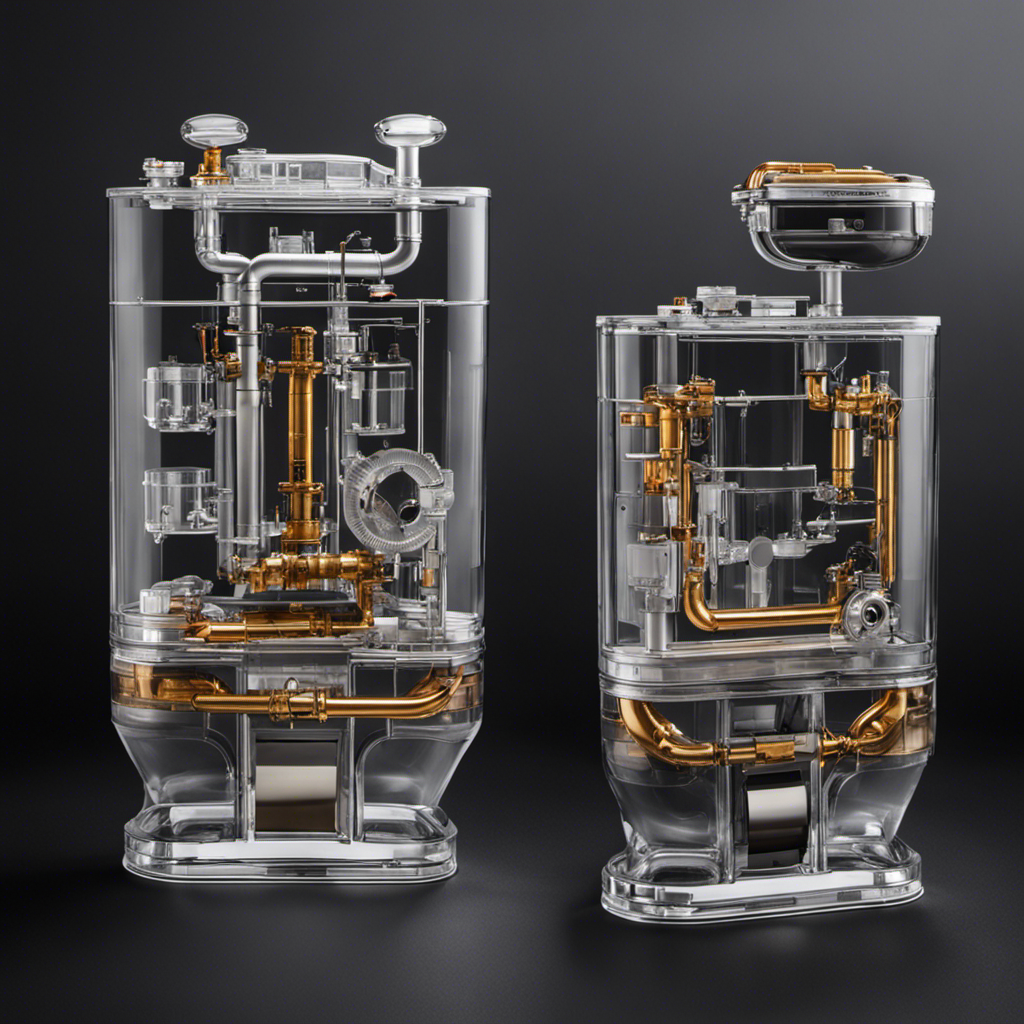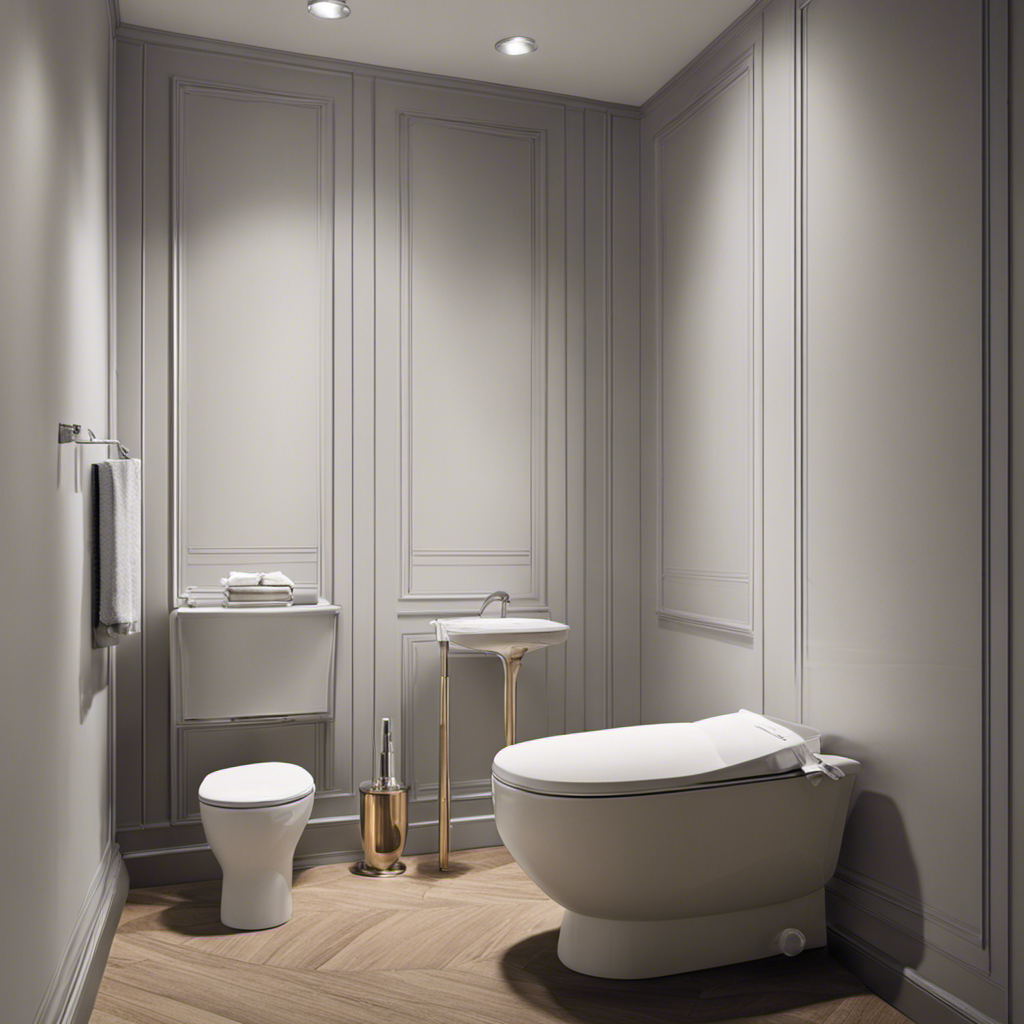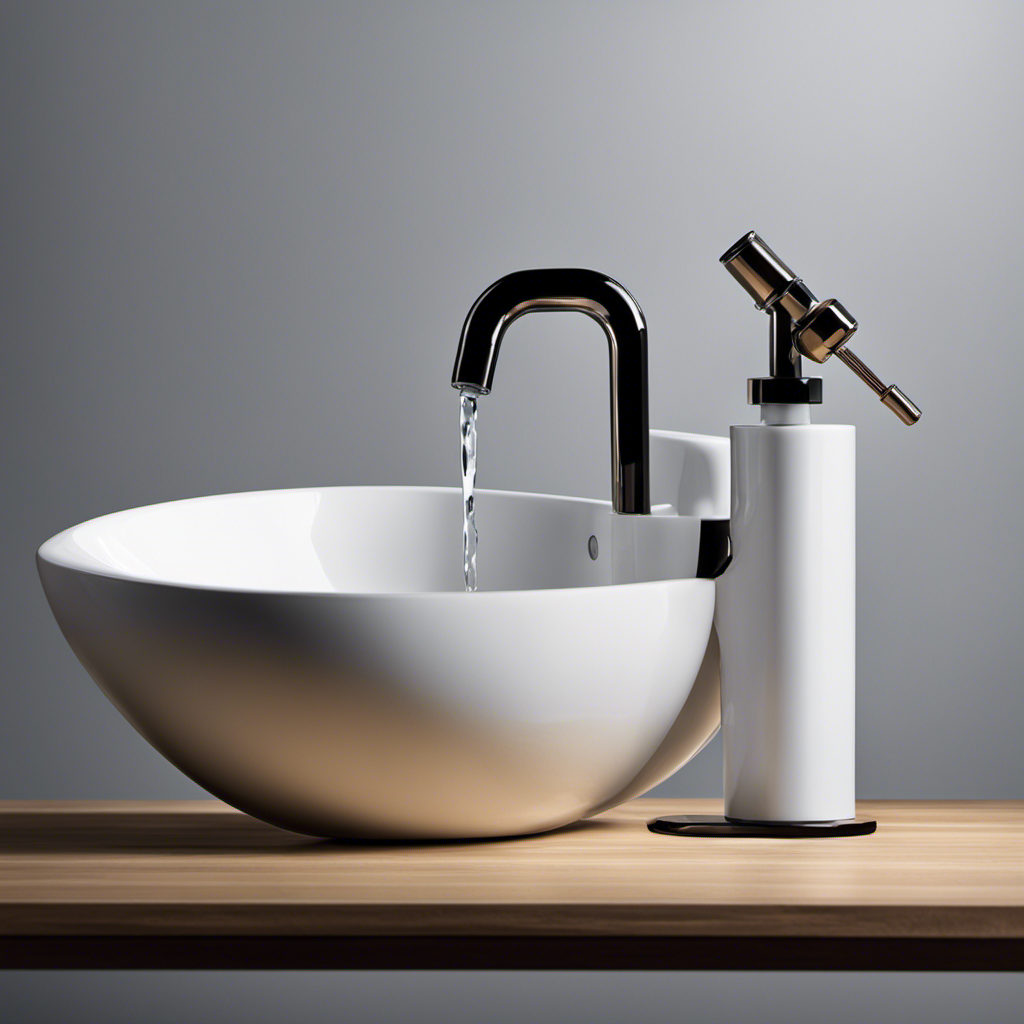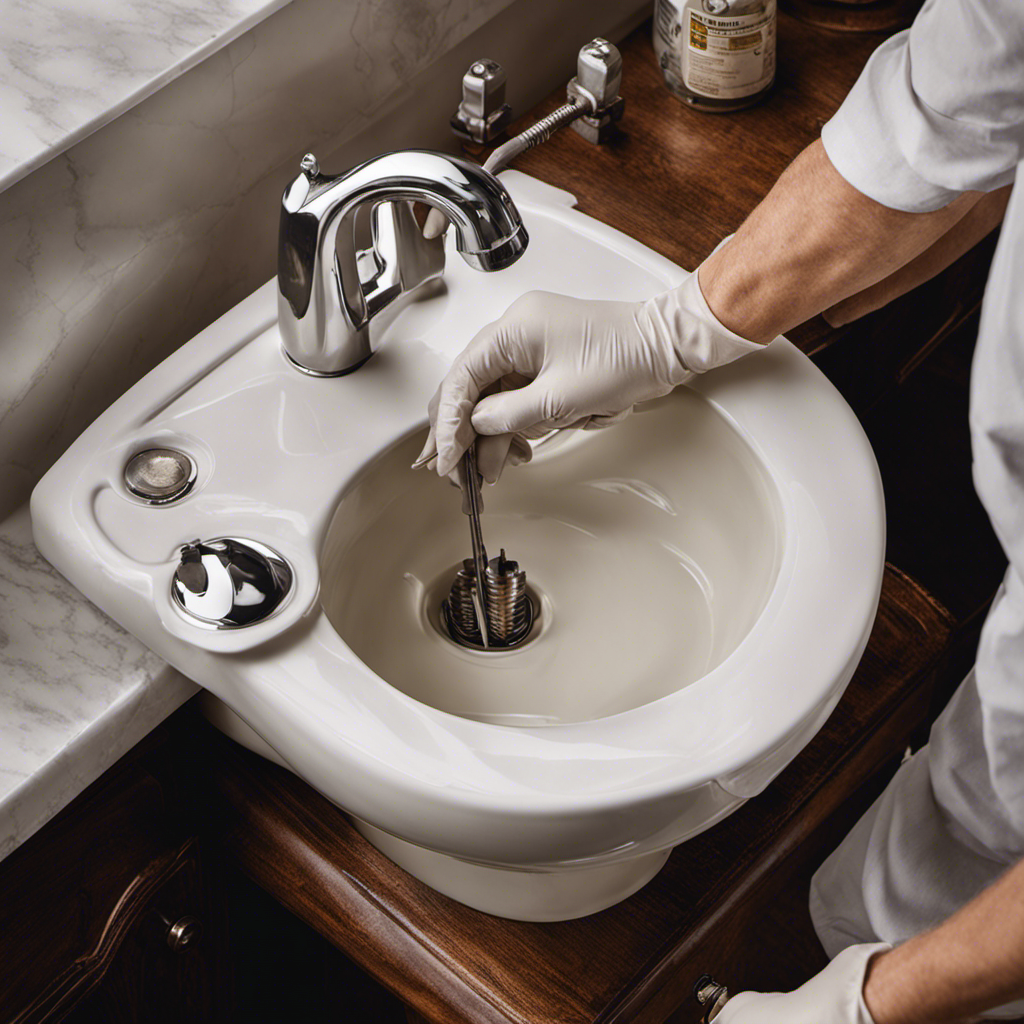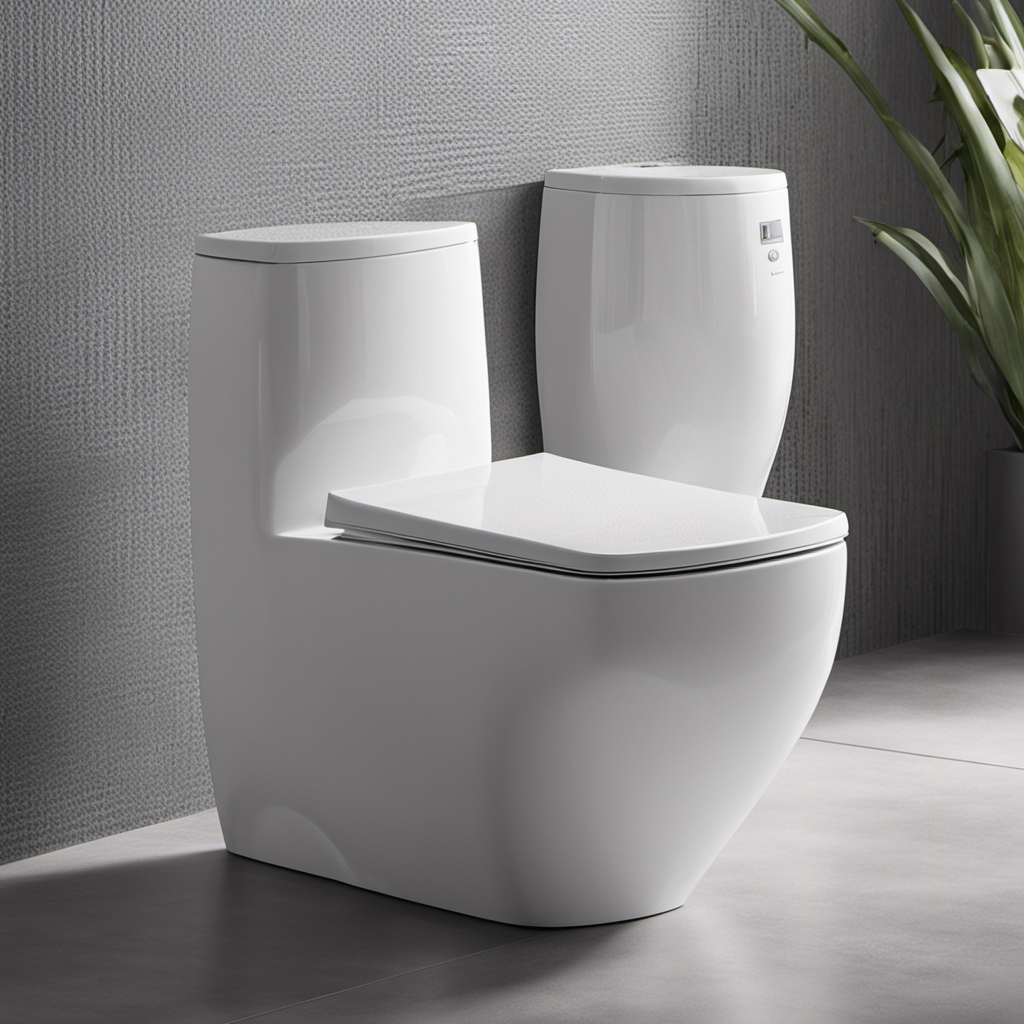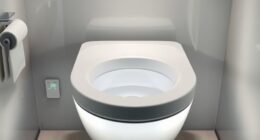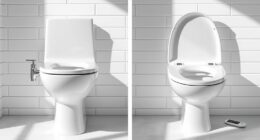Have you ever wondered how a cassette toilet works?
Imagine this: You’re on a camping trip, and nature calls. You head over to the cassette toilet in your RV, pull the handle, and voila! The waste disappears.
But have you ever thought about what happens behind the scenes? In this article, we will delve into the inner workings of a cassette toilet, exploring its components, flushing mechanism, waste management, and more.
So, let’s dive in and uncover the secrets of this essential camping companion.
Key Takeaways
- The components of a cassette toilet include a toilet bowl, a waste-holding tank, and a flush mechanism.
- The flushing mechanism of a cassette toilet involves pressing down on the handle to release water into the bowl, creating a powerful flush.
- Waste management in a cassette toilet involves collecting waste in a removable cassette lined with a biodegradable bag or compostable liner.
- Cleaning and maintenance of a cassette toilet involve emptying the cassette, cleaning it with water and mild detergent, and sanitizing it with a specific sanitizing agent.
Components of a Cassette Toilet
The main components of a cassette toilet are the toilet bowl, the waste-holding tank, and the flush mechanism.
The toilet bowl is designed to be compact and efficient, with a seat and lid.
It is connected to the waste-holding tank, which is a removable container that holds the waste until it can be emptied. The tank is often made of durable plastic and has a sealing mechanism to prevent odors and leaks.
The flush mechanism is responsible for rinsing the toilet bowl after each use. It typically consists of a water reservoir, a pump, and a flush button or lever.
Installing a cassette toilet involves connecting the waste-holding tank to the toilet bowl and ensuring a secure and watertight connection.
The Flushing Mechanism
To operate the flushing mechanism, simply press down on the handle.
In cassette toilet design, the flushing mechanism plays a crucial role in maintaining hygiene and functionality. When the handle is pressed, it activates a valve that releases water from the tank into the bowl. The water flows with force, creating a powerful flush that efficiently removes waste.
The amount of water used during each flush is carefully regulated to ensure effective cleaning while minimizing water usage. This water-saving feature is particularly important in environments where water supply may be limited.
The flushing mechanism is designed to be easy to use, allowing users to maintain cleanliness and sanitation without any hassle. It is a vital component of the cassette toilet system, providing a reliable and efficient flushing action.
Waste Management in a Cassette Toilet
When you press down on the handle, it activates the valve and releases water from the tank into the bowl, efficiently removing waste.
A cassette toilet is a type of portable toilet that utilizes a waste management system to handle human waste. Here’s how it works:
- The waste is collected in a removable cassette located beneath the toilet bowl.
- The cassette is lined with a biodegradable bag or compostable liner to contain the waste.
- Some cassette toilets also have a separate compartment for solid waste, which can be easily emptied and cleaned.
- To prevent odors, the cassette is equipped with a sealing mechanism that keeps the waste securely contained.
By using composting toilets or portable toilets like cassette toilets, you can effectively manage waste in various outdoor settings or in spaces where traditional plumbing is not available.
Now, let’s explore the cleaning and maintenance of a cassette toilet.
Cleaning and Maintenance of a Cassette Toilet
Cleaning and maintaining a cassette toilet is essential for ensuring proper hygiene and functionality. To begin, empty the cassette by following the manufacturer’s instructions. This typically involves removing the cassette from the toilet and emptying its contents into a designated waste disposal area.
Next, thoroughly clean the cassette with water and a mild detergent. Be sure to scrub all surfaces, including the inside and outside of the cassette. Rinse the cassette thoroughly to remove any soap residue.
To sanitize the cassette, use a sanitizing agent specifically designed for cassette toilets. Follow the instructions on the product label for proper use.
Advantages and Disadvantages of Using a Cassette Toilet
One advantage of using a cassette toilet is that it is portable and can be easily transported to different locations. This is particularly beneficial for campers and travelers who need a convenient and reliable toilet solution on the go.
Some pros and cons to consider when using a cassette toilet are:
-
Pros:
-
Easy to install and use
-
Requires minimal water for flushing
-
Can be emptied at designated disposal points
-
Provides a hygienic and odor-free experience
-
Cons:
-
Limited capacity, requiring frequent emptying
-
Requires regular maintenance and cleaning
-
May emit unpleasant odors if not properly maintained
-
Some disposal points may not be readily available in certain areas
As for the environmental impact, cassette toilets are generally more eco-friendly compared to traditional flush toilets. They use less water and can be emptied at designated disposal points, reducing the strain on sewage systems and minimizing pollution. However, proper waste disposal and maintenance are crucial to ensure minimal environmental impact.
Conclusion
In conclusion, you’ve now gained a deep understanding of how a cassette toilet works.
With its efficient flushing mechanism and effective waste management system, this toilet ensures cleanliness and convenience.
However, it’s important to note that regular cleaning and maintenance are necessary to ensure its optimal performance.
While the cassette toilet offers advantages such as portability and easy installation, it also has its drawbacks.
Overall, the decision to use a cassette toilet depends on your specific needs and preferences.
